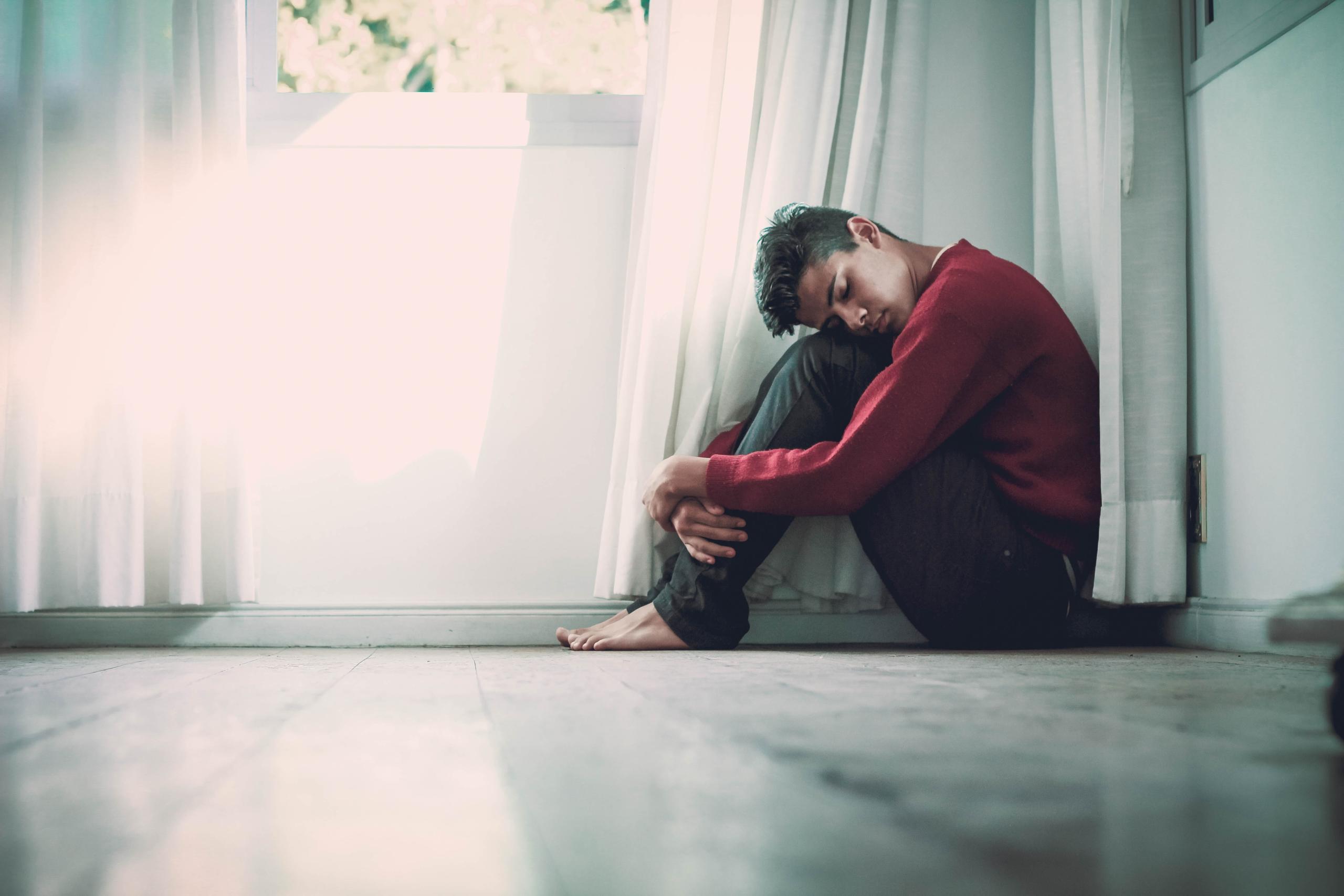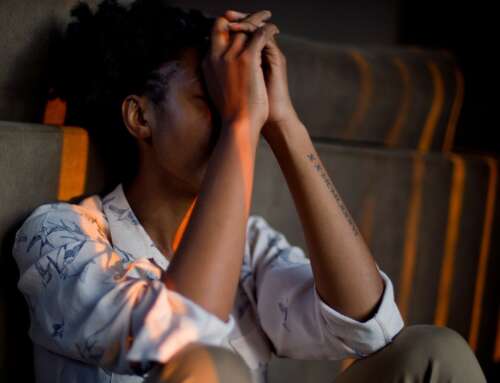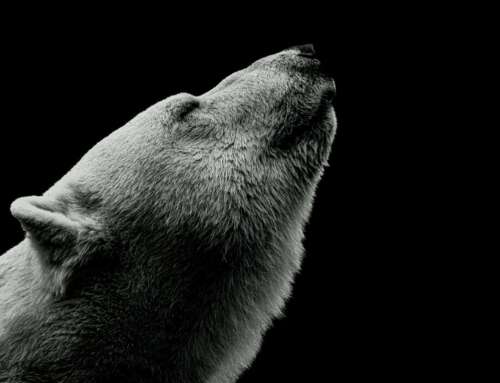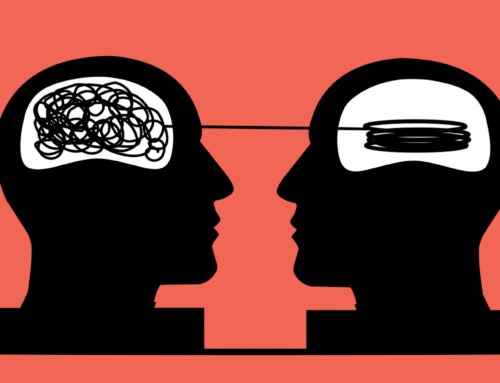There was a time when the most popular Halloween costumes were confined to the folk lore of vampire bats and ghosts. This was undoubtedly the popular culture at a time when “horror literature” was based on novels such as Mary Shelley’s Frankenstein and Bram Stoker’s Dracula. Although much of this is still with us in the Trick of Treating of today, the past 50 years have a taken a more sinister turn.
With the release of One Flew over the Cuckoo’s Nest in the 1970s, mental illness appeared to become an object of fear. There was no good reason for this sea change. The image of the “mental patient” restrained with a straightjacket seemed to become a stereotype of “madness”. It seemed to be that the more graphic the portrayal, the more likely was the transformation into a Halloween costume. We only need look at fictional characters such as Normal Bates in Psycho, Michael Myers in Halloween, Jack Torrance in The Shining and Hannibal Lecter in The Silence of the Lambs to see that both images and words have been translated into Halloween costumes and their descriptions. Mental illness had been carried into a very dark place indeed. Playing to the popular culture of the day is of huge concern if it continues to sweep stigma along with it.
In 2013, a large department store came under pressure to withdraw its “mental patient” costume for Halloween. As an apology for selling the costume, it did withdraw the costume from sale and also donated £25,000 to a mental health charity. You would have thought that would be the end of it, but far from it.
– Dr Tony Rao
Read more: For Mental Illness, Halloween Is Still A Costume Drama








Leave A Comment